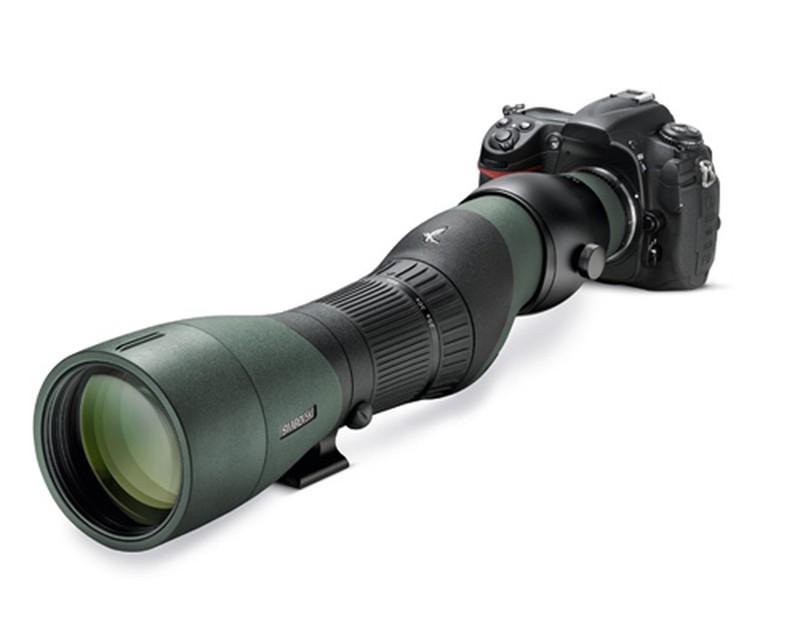Digiscoping in three steps
The keys to know what digiscoping is and how we can practice it

Digiscoping is a technique for photography of nature and landscapes that is based on adapting a camera to photograph or even a smartphone in a terrestrial telescope.
This technique offers several interesting advantages over conventional telephoto photography equipment.
- Lighter gear
- Lower Price
- Greater potential for increase
- Superior optical quality
It is a complex photography system, but it offers unbeatable results, especially in wildlife photography.
The first step is to choose the right terrestrial telescope, for this purpose we need to establish the physical and optical treatment characteristics that we want. It is recommended to have equipment with optics treated in ED (low dispersion) or HD (high definition) and much better those telescopes where fluorite treatment is added. With this treatment we manage to minimize the loss of image quality and keep intact all the definition, brightness, contrast and color properties.
Secondly, we must take into account the characteristics of the lens in terms of objective aperture and type of eyepiece. Openings greater than 65mm are recommended, with fixed or variable magnification eyepieces with zoom, these seconds are recommended (15-45x, 20-60x, 25-75x, 30-70x).
The third step is to choose the camera to photograph, which can be a compact digital model or "bridge, a digital reflex or an analog SLR.
And finally, the fourth level is to complete the equipment with the adapter between the camera and the ground telescope, on this the type of photographic technique to perform will depend.
Depending on the type of camera we use, the type or system of photography and the adapter we will need will depend on us.
Afocal photography : System for photographing with a compact digital camera, where the digital camera is directly connected to the telescope eyepiece through a specific adapter.
Photography with primary focus: Exclusive system for reflex cameras, the camera is attached directly without an objective, to the ground telescope without an eyepiece. A specific adapter or photoadapter is used between the two teams.
Eyepiece projection photography: System also exclusive to reflex cameras, in which the camera is attached without an objective to the eyepiece of the terrestrial telescope, using an appropriate adapter.
Each brand of terrestrial telescope has its specific adapters for each type of photography
Digiscoping could not escape the new generation of mobile phones. You can take fantastic pictures with an iphone or smartphone, adapting this to our ground telescope using a very simple system.
It is made up of the case and an own adapter ring for each brand of mobile. This adaptation system is even faster than traditional digiscoping and is progressing by leaps and bounds, considering that smartphone versions are updated every one to two years.





Opinions of our clients
Receive our news